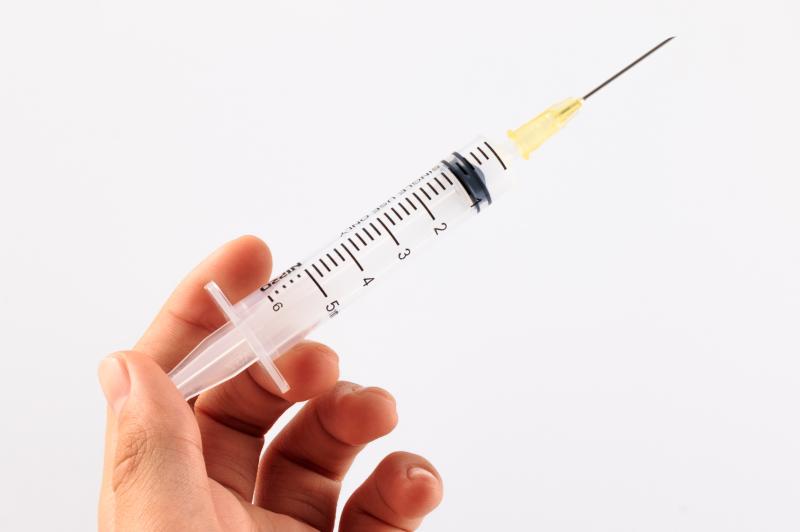
Exposure to corticosteroids in patients with autoimmune hepatitis (AIH) appears to contribute to increased risks of cataract, diabetes and bone fractures, a study has found. Notably, the fracture risk is elevated at low doses, while the risk of adverse events overall is dose-dependent and is reversible.
Researchers assessed the safety of administering corticosteroid doses in the long‐term maintenance treatment of 476 AIH patients (median age at diagnosis, 44 years; 77 percent female) with a median follow‐up time of 13 years. Disease developed early (age <18 years) in 68 patients (14 percent) at a median age of 14 years.
The predominantly prescribed medications were prednisone/prednisolone (90 percent) and azathioprine (82 percent). There were 367 patients (77 percent) who were treated with the combination of prednisone/prednisolone plus azathioprine for a median of 5 years.
In the cohort, 120 patients (25 percent) developed adverse events. Binary logistic regression with a generalized estimating equation showed that low-dose prednisone/prednisolone (0.1–5.0 mg/d) was associated with higher odds of fractures, whereas higher doses (>5.0 mg/d) correlated with increased likelihood of cataracts and diabetes.
Budesonide was also found to increase the odds of cataract and fractures, and this effect was independent of prednisone/prednisolone use in the prior 1, 2 or 3 years. This finding suggests that ‘topically’ acting budesonide does not completely prevent the development of fractures or cataract and may be an independent risk factor for these adverse events, as the researchers pointed out.
Overall, the present data re‐establish the fracture risk in patients taking corticosteroids, they added. “Even low doses of [the drugs] frequently lead to substantial adverse events, refuting the assumption that [such] events are prevented by administering low doses.”